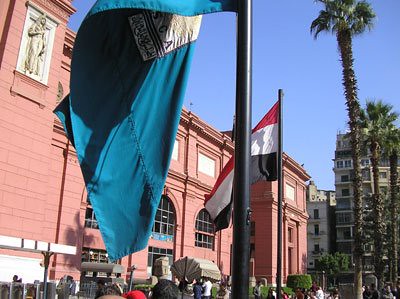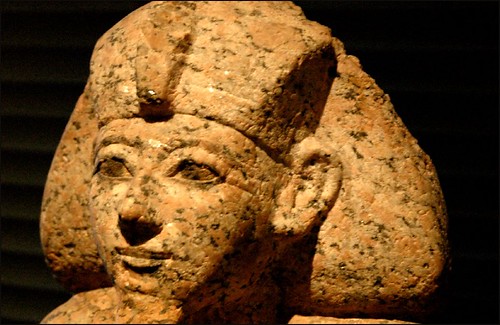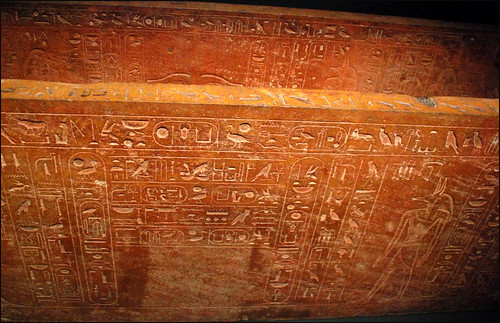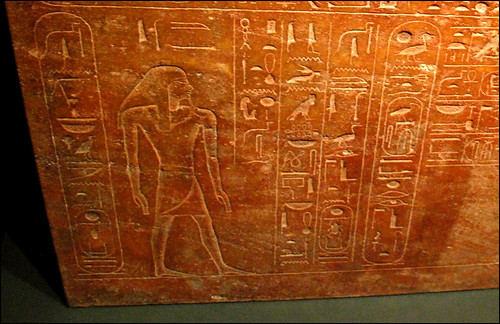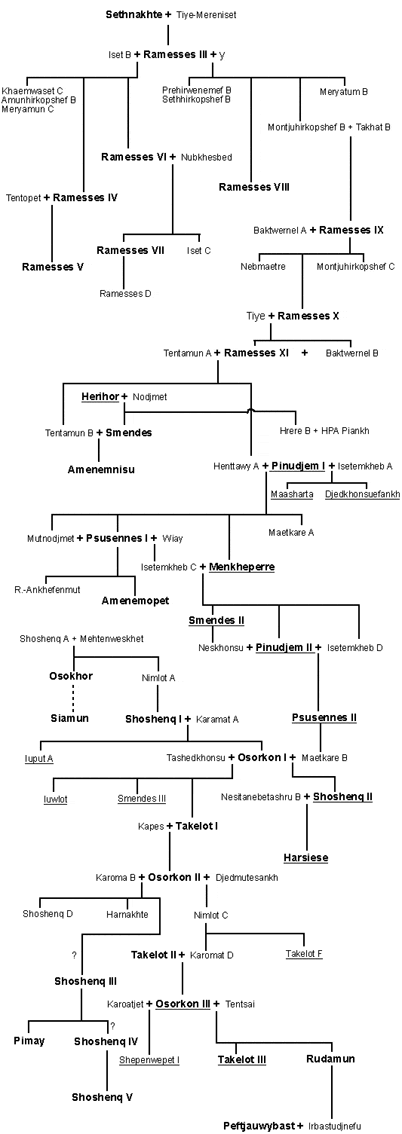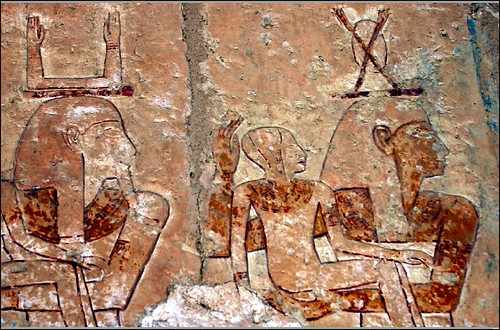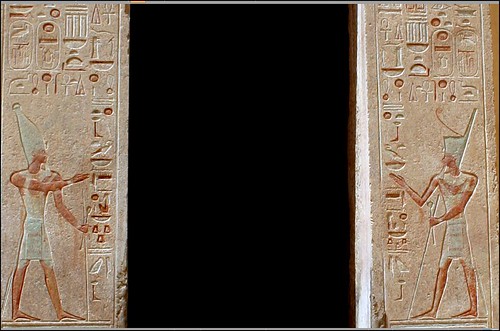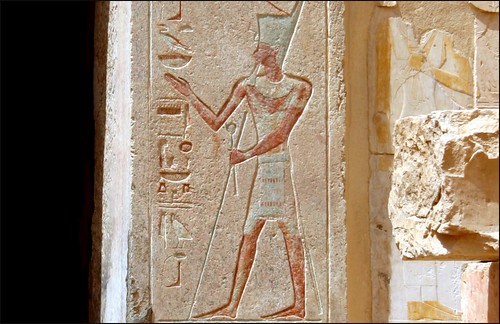Galería de Hans Ollermann
Queen Hatshepsut (1479-1458 B.C.)

Egyptian Museum, Berlin.
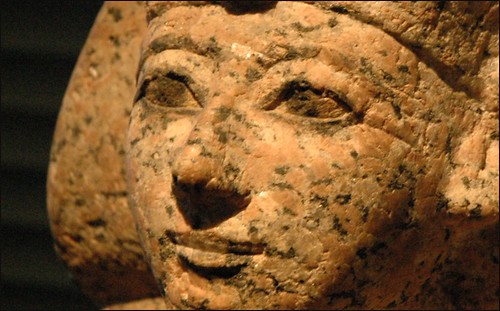
Egyptian Museum, Berlin.

Egyptian Museum, Berlin.

Egyptian Museum, Berlin.
rosewithoutathorn84  dice:
dice:
Hi, I'm an admin for a group called Historic Heroines, and we'd love to have this added to the group! Publicado hace 19 meses.
2008_0605_145835AA
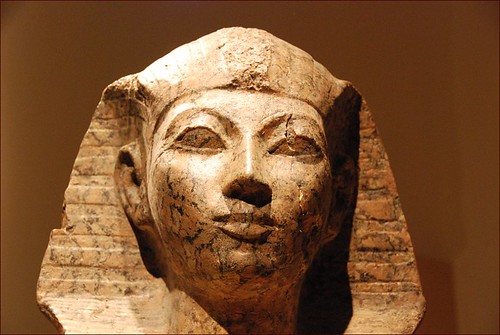
From Thebes (Deir el-Bahari)
18th dynasty
1473-1458 B.C.
Till 2010 in the Metropolitan Museum of Art.
Partly owned by The Metropolitan Museum of Art and partly owned by the Rijksmuseum voor Oudheden, Leiden, The Netherlands.
2008_0605_145819AA
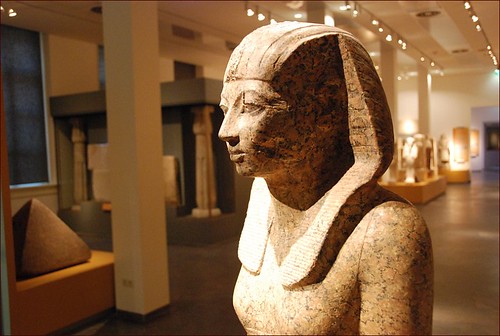
From Thebes (Deir el-Bahari)
18th dynasty
1473-1458 B.C.
Till 2010 in the Metropolitan Museum of Art.
Partly owned by The Metropolitan Museum of Art and partly owned by the Rijksmuseum voor Oudheden, Leiden, The Netherlands.
2004_0312_121956AA-
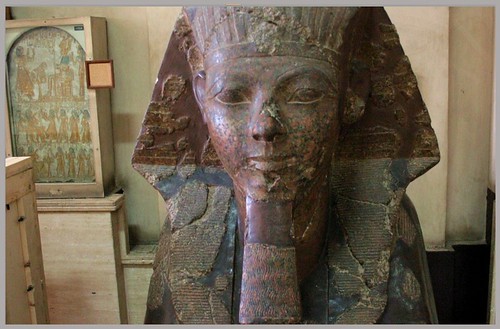
Egyptian Museum, Cairo.
Photographed in 2004, when camera's were still welcome in the Egyptian Museum, Cairo.
Nowadays photography in this superb museum is made impossible.
2004_0312_121901aa pad-
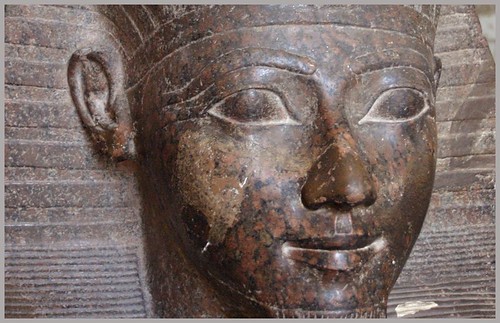
Egyptian Museum, Cairo.
Photographed in 2004, when camera's were still welcome in the Egyptian Museum, Cairo.
Nowadays photography in this superb museum is made impossible.
2004_0312_121133aa -
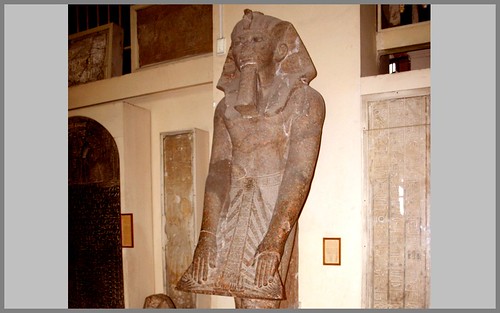
Egyptian Museum, Cairo.
Photographed in 2004, when camera's were still welcome in the Egyptian Museum, Cairo.
Nowadays photography in this superb museum is made impossible
Resultados de imágenes de Museo de El Cairo
- Informar sobre las imágenesResultados de vídeo de Museo de El Cairo

Museo Egipcio de El Cairo
10 min - 15 Jul 2007
www.youtube.com
Museo de El Cairo 01
8 min - 25 Dic 2006
www.youtube.comMuseo Egipcio de El Cairo
Contenidos del Museo Egipcio de El Cairo: - Museo al aire libre (Jardines del Museo): Sarcófago de Ajenaton · Piezas al aire libre - Museo Egipcio de El ...
www.egiptomania.com/.../lower/museocairo.htm
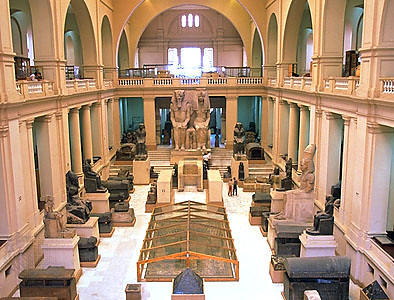
- Principales museos de Port Said
- Museo de Antigüedades Egipcias de El Cairo
- Museo Gayer Anderson, en El Cairo
- Fotos del Templo de Hapshepsut, en Deir el Bahari
- El arte egipcio en el mundo, el Museo Britanico
http://www.imagazinetur.com/cms/content.jsp?id=com.tms.cms.page.Page_31fea9a7-ac14001b-1fcee260-e0a49b2a
http://www.mantra.com.ar/contestudiospersonales/librodethot.html
Por otro lado, las piezas de piedra no se deterioran por el suave roce de una o mil manos, sino por la grasa y el sudor que éstas depositan sobre la piedra que, unido al polvo que suelen acumular las piezas del Museo de El Cairo, sí puede resultar muy preocupante.
Hola,
Gracias por tus comentarios. Si me referia a mi desagrado por los actuales eufemismos, es porque si yo mismo fuera ciego o cojo, me sentiria como si fueran condescendientes terminos como los mencionados, que aparte de ridiculos, intentan sustituir muy buenas y viejas palabras de nuestro vocabulario español. Mongolico, por ejemplo, no es mala expresion si no se usa con mala intencion, pues se refiere a los rasgos faciales de quienes lo padecen, parecidos a los de Mongolia, salvo que se considere hablar de mongoles tambien una ofensa.
Si fueramos consistentes y llevaramos esta practica de moda a todo el resto del lenguaje, hablariamos de que -un visualmente discapacitado es rey en tierra de invidentes- o de la -capacidad ambulatoria diferente del perro- y asi hasta caer en la mas completa ridiculez.
Habras notado que un colistero que es ciego, hasta modifico el titulo de estos mensajes cambiando -invidentes- por -ciegos-. Sobre lo de ciegos tocando objetos en museos, dentro de limites razonables, si debemos pecar creo que deberiamos hacerlo en el sentido de no privar a ciegos de conocer, ver (tocar) objetos del antiguo Egipto.
No conozco ni he oido hablar de ningun egiptologo academico ciego, se me ocurre que no debe ser tan dificil, si existe la vocacion, y con la tecnologia moderna actual, pero me suena como muy posible y hasta deseable pues esos estudios pueden llenar una vida limitada en muchos aspectos por su condicion fisica, haciendo algo que puede hacer mientras viva y le de el cerebro, aportando a la humanidad nuevas ideas e interpretaciones y hasta enseñando en universidades. Como no todo en eiptologia es excavar sino tambien procesar lo descubierto por otros, hay ahi un interesante panorama para ciegos con tal vocacion.
Saludos,
Roberto
##########################################
RSS Feed de Amigos de la Egiptología
http://www.egiptologia.com/index.php?format=feed&TYPE=rss
##########################################
Noticias y Actualidad Egiptológica
http://www.egiptologia.com/noticias.html
Recomendamos: Sociedad Catalana de Egiptología
http://www.egiptologia.com/societat-catalana-de-egiptologia.html
--------------------------------------------------------------
LISTA DE DISTRIBUCIÓN DE AMIGOS DE LA EGIPTOLOGÍA - AE
Gestión Altas-Bajas y consulta mensajes enviados:
http://www.egiptologia.com/lista-de-distribucion.html
Moderador: Víctor Rivas egiptologia@egiptologia.com
Amigos de la Egiptología: http://www.egiptologia.com
Los mensajes de Amigos de la Egiptología son distribuidos gracias al apoyo y colaboración técnica de RedIRIS Red Académica Española - http://www.rediris.es
| EGIPTOLOGÍA | |
|---|---|
